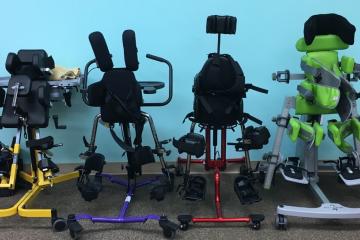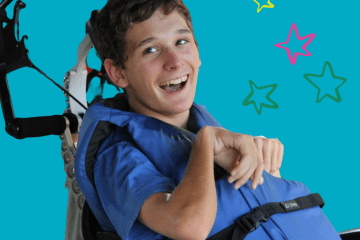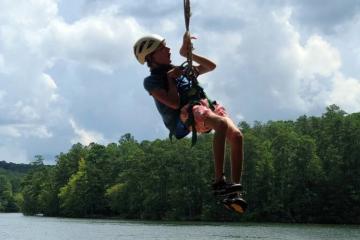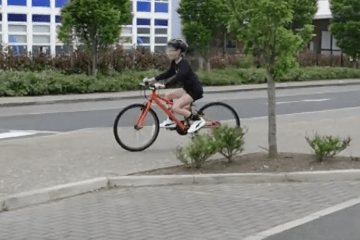Supported Standing, what does the research say?

What is supported-standing?
Supported-standing means using a device to maintain an aligned, upright, weight-bearing position. These devices are known as standing frames or standers, and there are many styles including upright, prone (support in front of the person), supine (support from behind the person), sit-to-stand or mobile (self-propelled by the user). We defined standing as being within 30° of vertical.
What is the purpose of this research?
The purpose of the study was to review & consolidate ALL of the available evidence for children, adolescents & young adults with cerebral palsy (CP) who are classified as non-ambulant (Gross Motor Function Classification System (GMFCS) levels IV and V,) regarding the use & outcomes for supported standing. We searched for all types of studies: systematic reviews, clinical guidelines, experimental studies, case studies, qualitative studies and expert opinion to see if there were different outcomes or experiences for different ages, GMFCS levels or device types as well as to understand the barriers and facilitators of stander use.
What TYPE of research was this?
This is a scoping review. We followed a systematic review protocol of critically choosing and evaluating the evidence. We considered quantitative AND qualitative research together and evaluated the available literature for quality and risk of bias. We included 16 systematic reviews, 6 clinical guidelines and 36 research studies.
What were the findings?
Fitness: Bone Mineral Density and Contracture prevention outcomes are supported by the strongest research evidence. Emergent experimental evidence suggests stander use may help slow the rate of hip subluxation, and stander use may have a short-term impact on spasticity (during or shortly after standing). Positioning hips in at least some abduction is recommended. Descriptive evidence supports a positive impact on bowel functioning.
Functioning: Descriptive evidence supports a positive impact on activities of daily living, gross and fine motor function.
Fun & Friends: Successful standing depends on integration into age-appropriate and meaningful activities with others.
Family: Families and therapists believe that stander use of helpful for maintaining physical function and that individuals are perceived differently by others when in an upright position.
Future: Standing provides psycho-social and physical benefits, but children need choice in where and when to stand.
Feasibility: Stander use is feasible for individuals functioning at GMFCS IV or V starting from 7-12 months of age. Studies from North America, United Kingdom, Europe and Asia included 1,101 individuals aged 7.2 months to 25 years.
Barriers: Pain, increasing physical deformity and difficulties with transfers were associated with decreased use in adolescence and adulthood.
Facilitators: Caregiver support and integration into meaningful activities and routines were associated with successful and ongoing use of supported standing device.
Use: Standing programmes are well tolerated with 30-60 minutes 5 days a week commonly reported.
What are the next steps?
Establish consensus on evidence-based statements regarding the benefits and use of standers for individuals functioning at GMFCS IV and V through an international Delphi consensus study, including a parent & user advisory panel.
Create a clinical practice tool and internet-based mini site with knowledge products and resources related to stander use, benefits and prescription. Resources will be created for families, users and therapists.
What does this mean for families?
Children functioning at GMFCS IV and V should have age-appropriate opportunities to begin standing, starting from 9-12 months of age.
Supported-standing is not passive for individuals at GMFCS IV and V, and 30-60 minutes daily may be an important means of reducing sedentary behavior.
Standers should be individually assessed and provided to address physical, transfer, environmental and participation needs.
Supported-standing is not passive for individuals at GMFCS IV and V, and 30-60 minutes daily may be an important means of reducing sedentary behavior.
Supported-standing interventions for children and young adults with non-ambulant cerebral palsy: A scoping review
McLean, L.J.; Paleg, G.S; Livingstone, R.W.
Developmental Medicine & Child Neurology 2023 65 (6); 754-772






